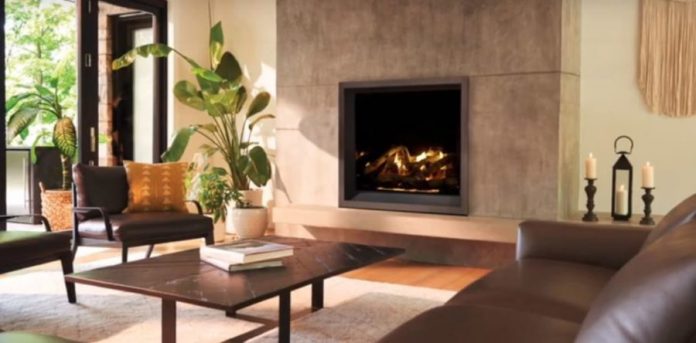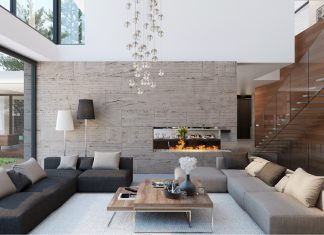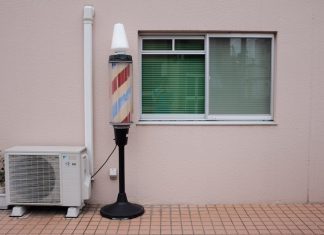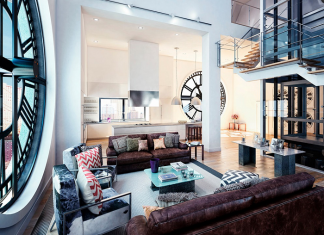When the cold winter months set in, there’s no better way to keep warm than to get cozy next to a fire. For some, fireplaces have turned into a necessity as severe winter weather threatens power outages and extended periods of time without access to heat. Most people use either wood burning or natural gas fireplaces to warm their homes. While both achieve the same purpose, gas fireplaces offer simplicity and convenience that wood simply can’t.
Benefits of a Gas Fireplace
The function of any fireplace is to keep you warm. But gas fireplaces have unique benefits over wood burning options causing their popularity to increase dramatically. With unique features, homeowners install gas fireplaces as the practical choice more often in their homes.
- They Cost Less: Gas flueless fireplaces actually cost less to operate than burning wood. Most people don’t have the time or resources to gather their own wood for burning. This means you have to purchase it from a wood seller, which can get very expensive. If you plan to use the fireplace frequently throughout the winter, you’ll also need to keep up your wood supply.
The gas burned in a gas fireplace is a natural resource. There is a supply line that releases a small steady amount of gas to burn until you are ready to turn it off. Even though you have to supply gas the whole time you are using the fireplace, natural gas prices are relatively inexpensive, especially compared to the price of stockpiling wood.
- Easy to Use: If you are burning wood, you have to maintain the fire. To keep it going, you’ll need to add logs, kindling, and maintain it for safety. When burning wood, it’s important to keep the fire under control and watch for things like burning coals that may fall out of the fireplace. When you are finished with the fire, you can’t leave a hot fireplace unattended. You must take safety precautions to make sure the burning fire is completely out before walking away. Unless you have the knowhow, this can be a very difficult task.
When using a gas fireplace, you can use a little more of a set it and forget it approach. (Well, you’ll still need to take appropriate safety measures, but they are much easier.) The amount of gas you let through will determine the size of the fire. So, instead of burning more wood, to adjust the fire, all you have to do is increase or decrease the gas. When you are finished, turn off the supply, and the fire goes out. There’s no guessing and no waiting. You still don’t want to leave it unattended, but the process is much easier.
- Low Maintenance: Wood logs leave behind a mess of ashes and soot. This will need to be cleaned every time you start a new fire to prevent a hazardous situation. You’ll need a shovel and bucket for removal. Once you’ve removed them, you’ll also need a plan for disposal. Ashes can be repurposed, but they also create a huge mess.
Gas fireplaces require very little maintenance. Natural gas burns clean, so each fire leaves nothing behind. Before your burning season, it’s important to perform maintenance on your fireplace to prevent any fire hazards. In late summer or early fall, Align Heating can perform an inspection and maintenance on your tubing and gas mechanisms to keep them at peak performance. They also recommend cleaning the glass with an ammonia free glass cleaner.
- Add Ambiance Without the Hassle: If you burn wood, you have to know your stuff. Not all woods burn the same way, and if you choose the wrong type, it can create problems. Resinous woods, such as pine and spruce, create creosote when you burn them. When creosote gets trapped in the chimney, it can cause a chimney fire.
Natural gas fireplaces do not produce smoke or embers, reducing your house fire risk dramatically. You also won’t have to worry about rogue sparks burning children or pets. On the plus side, you can have the best of both worlds. By adding artificial logs to your gas fireplace, you’ll have a look of added warmth and coziness. This also creates an aesthetic appeal that disperses the flames throughout the logs as if you were actually burning real wood without the hassle.
If your home isn’t equipped with a fireplace, you’re still in luck. An expert can install one for you and explain the different options on the market. Make sure this winter you aren’t left in the cold.















